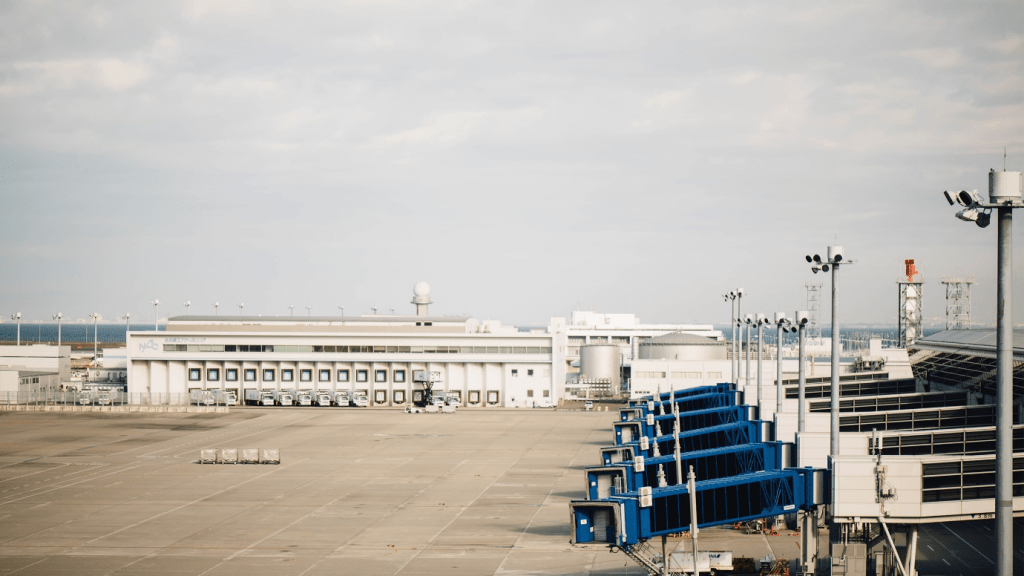
Canada Appeals for International Firefighting Aid
June 09, 2025: Canada has issued an international appeal for firefighting support as wildfires intensify across multiple provinces

February 25, 2022: -Ukrainian officials closed the country’s airspace to commercial flights Thursday, citing a “high risk” amid Russia’s invasion.
Airlines including Qatar Airways, Wizz Air, Turkish Airlines, and others had canceled Kyiv flights scheduled for Thursday. Russia launched an attack on its neighbor local time.
Airlines Qatar Airways, Wizz Air, Turkish Airlines, and others had canceled Kyiv flights scheduled for Thursday.
The flight restriction notice came before Russian President Vladimir Putin announced that his forces would launch a military operation in Ukraine. Soon after Putin’s announcement, which e were reported in Ukrainian cities like Kyiv, the capital.
The European Union Air Safety Agency on Thursday, local time, avoided Ukrainian airspace, which includes 100 nautical miles of the borders with Belarus and Russia.
Several foreign airlines, including Lufthansa and KLM, previously suspended Ukraine flights because of worries about Russia’s potential invasion of Ukraine.
LOT Polish Airlines Flight 755 headed for Kyiv returned to Warsaw when the order was issued.
Earlier, Russia is restricting flights along the country’s eastern border with Ukraine. U.S. aviation authorities previously prohibited U.S. aircraft from flying more than eastern Ukraine since Malaysia Airlines Flight 17 was shot down in the region.
Last week, a few Ukrainian airlines were forced to cancel flights or move jets out of the country on aircraft lessors’ orders because the insurance companies wouldn’t cover the flights. Some carriers changed their routes.
“Based upon our collective evaluation of the situation, we have decided to transition to our alternate flight routing proactively,” United Parcel Service said in a message to its pilots. “While this alternate routing adds additional time to the flight, we feel this is a viable alternative to continue to provide safe and efficient operations. We keep monitoring the situation and provide additional updates to you when we receive them.”
We provide the insights on leaders who are responsible for taking their organization to new heights, all the while bringing together a group of talented individuals.

June 09, 2025: Canada has issued an international appeal for firefighting support as wildfires intensify across multiple provinces

May 27, 2025: Air Canada Cuts Five U.S. Routes for Winter 2025–26, Part of Broader Cross-Border Retrenchment

May 26, 2025: Trump Freezes $2.2B in Federal Grants to Harvard Over DEI, Threatens Tax-Exempt Status.

May 14, 2025: Microsoft has announced plans to reduce its global workforce by approximately 3%, affecting roughly 10,000 employees across multiple departments.

May 13, 2025: The Trump administration is considering suspending the constitutional right of habeas corpus in a bid to accelerate mass deportations.

April 29, 2025: Donald Trump’s second term has reached the 100-day mark under sustained public skepticism, with national approval ratings